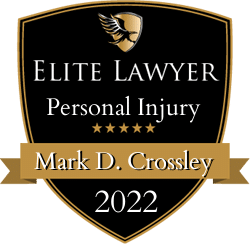The National Safety Council (NSC) has issued a report that says training workers on “visual literacy” can help identify workplace hazards that weren’t previously seen.
The NSC says that after 225 employees at a Cummins Inc. plant underwent the training, the spotted 132 safety issues and corrected 25 hazards.
What is visual literacy
The concept as it applies to the workplace began with the Toledo Museum of Art which, in 2015, began working with several area businesses, including Owens Corning, to see if visual literacy can improve worker’s ability to identify hazards.
Museum officials believe that by teaching employees about how to look at art – identifying elements of color, line, shape and space as well as balance, proportion and emphasis – they can see their workspace in ways that have become lost through everyday exposure. As an example, they suggest a machine operator who has looked at the same work area for years and has never noticed a hazard such as a worn surface.
After taking the training, the Owens Corning employees identified several hazards such as steps with worn tread and a missing handrail, as well as a shutoff fail-safe with edges that had become jagged over time.
Safety is important
The Occupational Safety and Health Administration (OSHA) reports that more than 5,100 workers were killed on job sites in 2017. Excluding highway collisions, OSHA says the “Fatal Four” accidents are falls, being struck by an object, electrocution and being caught in or between objects. These accidents are the cause of nearly 60 percent of construction worker deaths.
OSHA reports that the number of workplace deaths has dropped more than 60 percent and the number of injuries has dropped more than 40 percent since 1970. They attribute this to the guidelines and regulations put into place by OSHA and other government agencies.
However, they admit that the greatest weapon against accidents and fatalities in the workplace is observation. OSHA and the NSC say that when employees are more aware of their surroundings, they can avoid workplace accidents.






